 Last week I wrote about my impromptu trip to Washington DC for a friend’s funeral, and how I took Amtrak’s Northeast Regional 65 sleeper service overnight from Boston South Station to Washington Union Station. That got me into DC first thing on Sunday morning, in plenty of time for the funeral, which just left me the small matter of getting back. My options included flying, which would have got me back to Portland on Sunday evening, or taking the counterpart of the train I caught on the way down, the Northeast Regional 66, which would have got me into Boston early on Monday morning.
Last week I wrote about my impromptu trip to Washington DC for a friend’s funeral, and how I took Amtrak’s Northeast Regional 65 sleeper service overnight from Boston South Station to Washington Union Station. That got me into DC first thing on Sunday morning, in plenty of time for the funeral, which just left me the small matter of getting back. My options included flying, which would have got me back to Portland on Sunday evening, or taking the counterpart of the train I caught on the way down, the Northeast Regional 66, which would have got me into Boston early on Monday morning.
The Northeast Regional was my fallback option, but since a mutual friend was driving back to Connecticut after the funeral, I took the opportunity for a ride as far as New Haven. I spent the night there, before carrying on to Boston by train on Monday morning, completing my journey to Portland by bus that afternoon. To get to Boston, I had a choice of the Northeast Regional service, or Amtrak’s premium Acela service. Since I’d never taken the Acela before, it seemed like this would be the ideal time to see what I’d been missing.
As usual, I’ve split this Travel Spot into several parts:
- Deciding on the Acela
- New Haven Station
- A Tour of the Acela
- Long Island Sound and on to Boston
- Conclusions
You see why I decided to travel on the Acela after the gallery.
I’ve used Amtrak’s Northeast Corridor (between Washington DC and Boston) many times, starting with my first trip to America in October 1998, when I went from Baltimore to New York City before carrying on to Boston a few days later. This was just before electrification of the route was completed and marked the start of my love affair with the line, particularly the section between New York and Boston.
After leaving New York City, the line runs along the Connecticut coast, with some lovely views out over Long Island Sound which feature strongly from my early memories of the line. However, in the last 10 years, more often than not I’ve travelled by car, the logical route cutting inland via Hartford, so I’ve missed out on the coast altogether.
On the few occasions I have taken the train, it’s either been at night or in really bad weather, so once again I was robbed of my coastal views. This time, however, I was travelling on a Monday morning, the weather was set fair, and I had the prospect of some decent views for the first time since 2014. All that remained was to decide which train to catch.
It’s about 250 km from New Haven to Boston via Providence, a route well served by Amtrak’s Northeast Regional services, which take around 2½ hours. I have a soft spot for these trains, which I’ve always used in the past. Locomotive hauled and with rolling stock which is past its best, they remind me of train travel from when I was a child. If that sounds critical, I’ve always found the carriages comfortable and, even in coach class, you get plenty of room, which I really appreciate.
In contrast, Amtrak’s Acela service takes just two hours. This is a premium service, aimed at the business traveller, with dedicated high(er) speed trainsets, consisting of six carriages with a power-car at either end. Although the Acela service has a higher top speed and can corner faster thanks to tilting technology, a large part of the time saving comes from cutting out stops at intermediate stations.
Other than the modest time saving (between Boston and Washington DC, the Acela is an hour quicker at seven hours, compared to eight hours for the Northeast Regional), the main difference is the elimination of coach class. Instead, Acela trains only offer business and first class, making it a much more expensive proposition compared to the Northeast Regional, where coach class is usually half the cost of travelling business and can be really cheap if you book a few weeks ahead.
Normally I’d travel coach class, but because of the COVID-19 pandemic, I decided on business class, where, on the Northeast Regional services, you get even more room. Looking at the Amtrak website, I found that Northeast Regional and Acela were the same price and, even better, the timing was more convenient. On the Northeast Regional, I had a choice of an 08:47 (too early for a late rising like me) or a 10:16, which wouldn’t get me into Boston, where I wanted to visit a coffee shop by the station, until 12:49, a little on the late side. In contrast, the Acela left at 09:39, arriving in Boston at 11:41, which was perfectly timed, so the Acela it was.
My friend and I had drive up from Washington DC the afternoon/evening before, ironically taking almost exactly the same route as Amanda and I had when we drove from Atlanta the week before. If you’re interested, we took I-95 to Wilmington, before bypassing Philadelphia on the New Jersey Turnpike, then skirting New York City on I-95 and the Palisades Parkway to cross the Hudson by the Governor Mario M. Cuomo Bridge. From there, SR 15 took us almost to New Haven before old friend I-95 took over for the final stretch.
After a night in a local hotel, all that remained was to get to the station in time for my train. You can see how I managed after the gallery.
In an ideal world, I would have got up extra early to visit Blue State for coffee. Blue State is a local roaster/coffee shop chain which I first came across in Providence, Rhode Island. It has four locations in New Haven and I’d already identified the coffee shop on Congress Avenue as my most likely destination since it’s the closest to New Haven Union Station, just a 15-minute walk away. Sadly, the back in the real world, getting up extra early only exists as a concept, so while I did make it to Blue State, I only had enough time to grab a cup of filter coffee to go in my Frank Green Ceramic cup, before setting off on a brisk walk down to Union Station.
Union Station is a rather handsome building, south of the city centre. Sadly, it’s currently let down by a scruffy, fenced-off triangular area of waste ground which stands in front of it. This would make for a magnificent station plaza, particularly if someone were to put a path through the middle of it, leading to the front of the station, which would have cut a few minutes off my journey!
As it was, I arrived at 09:33 to hear the last call for my train, which was due to depart at 09:39. This robbed me of the chance to admire the grand waiting area, a massive, high-ceilinged space with arched windows, another example of the USA’s fine station architecture. Instead, I ran to the far end of the building and along the tunnel which connects it to the various platforms, emerging, out of breath onto Track 2. Where I found no train. And no sign of a train.
I looked down the platform, but there was no sign of the train coming. I looked up the platform, but there was no sign of the train having recently departed. I was joined by several other passengers, equally puzzled by the lack of a train, despite the repeated announcements making a last call for boarding. Even the signs declared “all aboard”. All we lacked was a train.
A constant theme of my Travel Spot posts about Amtrak is how it is so bad at managing train boarding. Here it was almost right: announce the train, let the passengers go to the platform, then they can get on the train when it arrives. However, accurate information is key to good service. The train was actually 10 minutes late, eventually pulling in at 09:49. If I’d known that, instead of being told that the train was in the process of boarding, I could have saved myself the mad dash platforms.
As it was, the ten-minute delay afforded me a chance to have a look around, although I couldn’t stray from the platform since I didn’t know when the train was going to arrive. By American standards, New Haven’s Union Station is fairly busy. As well as the Northeast Regional/Acela services, it also serves the Hartford Line to Springfield (which I took once, many years ago, visiting the same friend who gave me the ride to New Haven). Union Station is also the terminus for three commuter lines, the westbound New Haven Line into Grand Central in New York, the eastbound Shore East Line, which runs along the coast to New London (both sharing track with the Northeast Regional/Acela services) and the northbound Hartford Line, which it shares with the Amtrak service.
I think I managed to see trains for all the lines (apart from the Northeast Regional), which slightly improved my mood, but I was still grumpy when my Acela rolled into the station.
You can see what I made of the train after the gallery.
I mentioned at the start of this post that the Acela service has its own dedicated trainsets. These were introduced in 1999 and are due to be withdrawn this year, replaced by new trainsets known as Avelia Liberty. Until then, each Acela service consists of a power car front and back, along with six coaches. Coach 1 (at the back of my train) is First Class, Coach 4 is the café car and the other four are business class, with Coach 2 being the quiet coach. With hindsight, I should have reserved a seat there (seat reservations are mandatory, made at the time of booking) since it was a lot less crowded (and quieter) than Coach 5, which is where I ended up.
Each of the business class coaches has 10 rows of airline-style seats, a pair of seats on either side of the central aisle, along with six sets of tables, each seating four. Four of the tables are at the front, with the other two at the back, along with a wheelchair-accessible seat. Compared to British trains (or compared to flying), there is so much space, even in the airline-style seats, which I never sit in if I can help it when travelling in the UK. That said, my seat (one of the airline-style ones) felt less spacious than my memory of travelling coach class on the Northeast Regional services and certainly less spacious than its business class, where you really do have plenty of room.
I was in Seat 6A, a window seat on the right-hand side. Despite my misgivings, there was plenty of room, even when the seat in front was reclined (fortunately the seats have rather limited recline). There was enough space to use my laptop, either on my lap or on the table, which pulls up and then folds down from the back of the seat in front. It was a generous size, more than enough for my laptop, although it could have been more stable, bouncing a lot on the less smooth sections of track.
Another plus was the at-seat power, with two sockets low down on the wall under the window, far more accessible than putting them under the seat, although I think that one of them was for the seat next to me, which would have resulted in some trailing wires. The free Wifi was fast and efficient and although I didn’t use it, the footrest (again on the back of the seat in front) was easy enough to get to.
Each carriage has a pair of toilets, plus plenty of luggage storage at the ends of each carriage. Meanwhile there are airline-style overhead bins rather than racks running along above the seats. This makes it harder to see where the open spaces are, but makes it less likely that things will fall off. The only major design flaw was the seat numbering, with small signs for each seat recessed under the overhead bins. I walked the length of the carriage before I spotted them because, at 6’2”, they were completely obscured unless I crouched down. Quite why they are set so far back, I do not know.
You can see how the journey went after the gallery.
Once I’d found my seat, I settled in to enjoy the journey. I had deliberately booked a window seat on the right-hand side so that I could experience the coastal views and I wasn’t disappointed. The first section of the line is the best, from New Haven to Mystic, where it follows the shore of Long Island Sound, including crossing the Connecticut River at Old Saybrook and the Thames at New London.
If you’re expecting a spectacular coastline, similar, for example, to the views of the Pacific from the Coast Starlight, you’ll be disappointed. This is a more subtle affair, with tidal reaches and the occasional sandy bay, but it’s fascinated me ever since I first travelled in the line in 1998. There’s something about it, including the occasional views of the north shore of Long Island and the islands in the Sound, that appeal to me.
Not long after leaving Mystic, the line crosses into Rhode Island and leaves the coast behind. There are fewer views between there and Providence, the first stop after New Haven, but it’s still worth keeping your eyes open. From Providence, the train travels the largely urban landscape to Boston along one of the faster sections of line, whereas we had crawled along some of the coastal sections.
Although the Acela is quicker than the Northeast Regional, this is largely due to cutting out stops. The Acela is non-stop to Providence, while the Northeast Regional typically stops at New London and Mystic in Connecticut and Westerly and Kingston in Rhode Island.
As well as South Station in Boston, where the train terminates, it also calls at Route 128 (near the junction of I-95, which skirts around Boston to the west, and I-93, which runs through the city centre), with one final call at Back Bay. On this section of the line, the trains only stop at the stations for one or two minutes (which makes a change from the five to 10 minutes that I’m used to with Amtrak). As a result, people tend to leave their seats, ready to get off, before the train arrives at the station.
Since I was travelling during the COVID-19 pandemic, masks were mandatory on the train and it was reassuring to see that this was being complied with. Having started to wear FFP3 masks when I flew to America at the start of the trip, I continued with this habit, once again finding it very comfortable compared to my previous habit of wearing a cloth mask.
The train pulled into Boston South Station just under 15 minutes late at 11:55, which is where I’m going to end this particular Travel Spot. Check out the final part of this mini Travel Spot to see how I got on as I took the bus back to Portland.
So, what did I make of my first experience of the Acela? Well, if you judge it for what it is, it was a perfectly enjoyable train ride on a comfortable, modern, spacious train. On that level, I have no complaints (other than the seat numbers, although I now know where they are). It is certainly a much more enjoyable experience compared to flying internally in the USA.
However, in comparison to the Northeast Regional services, I still feel it suffers. If you want to travel business class, the Acela and Northeast Regional are roughly the same price, so you are trading off the Acela’s faster journey times against great space in the Northeast Regional business class coaches. What’s more, you can always travel coach class on the Northeast Regional, where you arguably have just as much space as Acela business class, but for half the price.
Ultimately, it comes down to what your priorities are. For me, I suspect that I’ll be on the Northeast Regional far more than the Acela in the future, but every now and then the Acela will make more sense for a particular journey.
For another view of the Acela (albeit in First Class, but with a tour of the train), check out this video by Simply Railway, who also made the same journey in reverse (Boston to New York) on the Northeast Regional, this time in coach class (although the coaches have been refurbished since I last travelled on that route).
If you liked this post, please let me know by clicking the “Like” button. If you have a WordPress account and you don’t mind everyone knowing that you liked this post, you can use the “Like this” button right at the bottom instead. [bawlu_buttons]
Don’t forget that you can share this post with your friends using buttons below.





 1
1 2
2 3
3 4
4



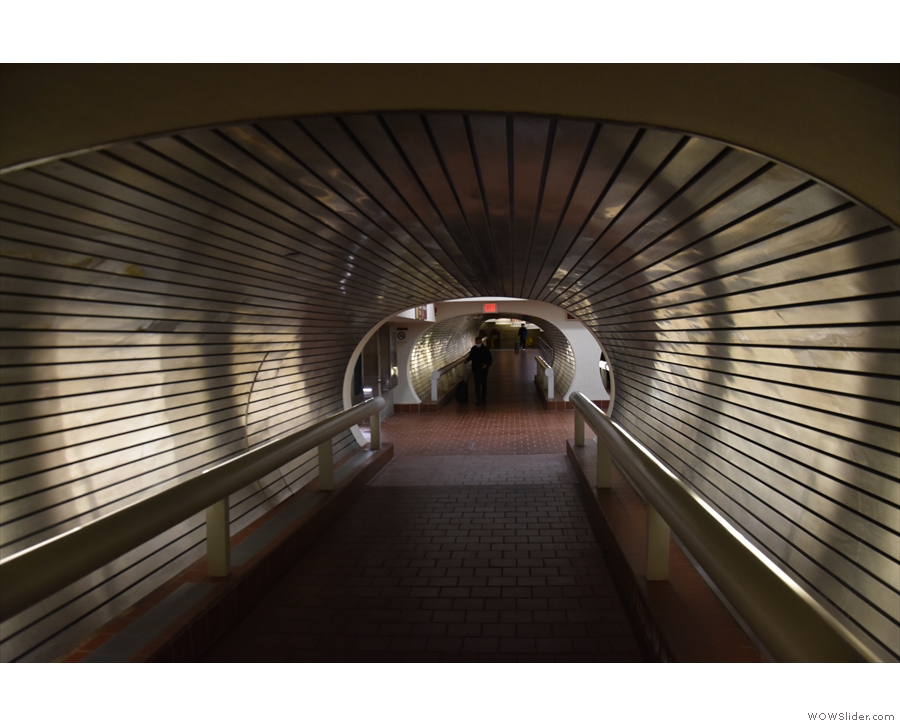









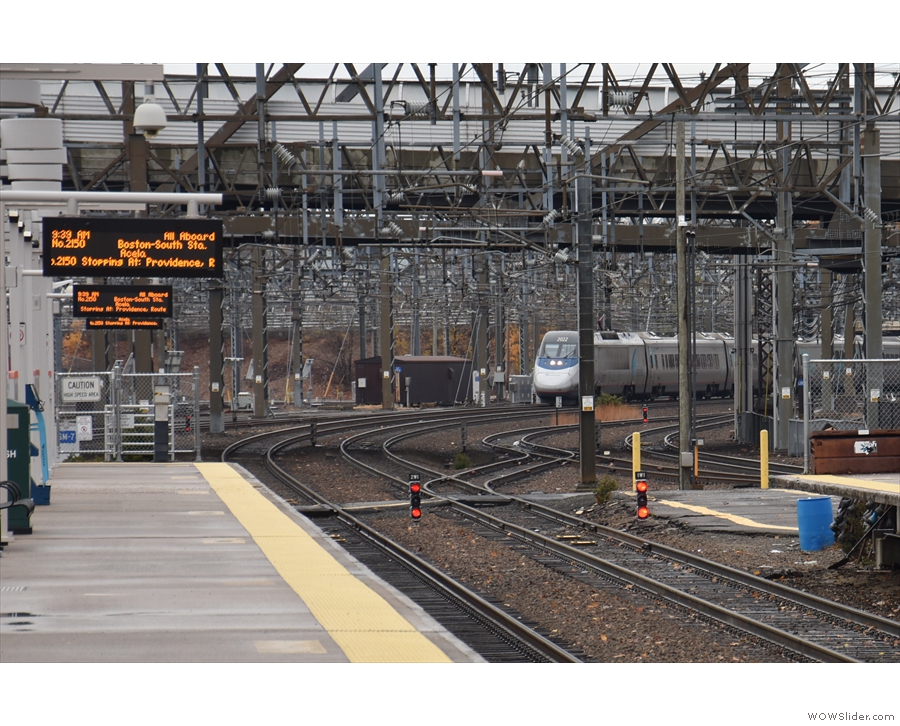



 1
1 2
2 3
3 4
4 5
5 6
6 7
7 8
8 9
9 10
10 11
11 12
12 13
13 14
14 15
15 16
16 17
17 18
18

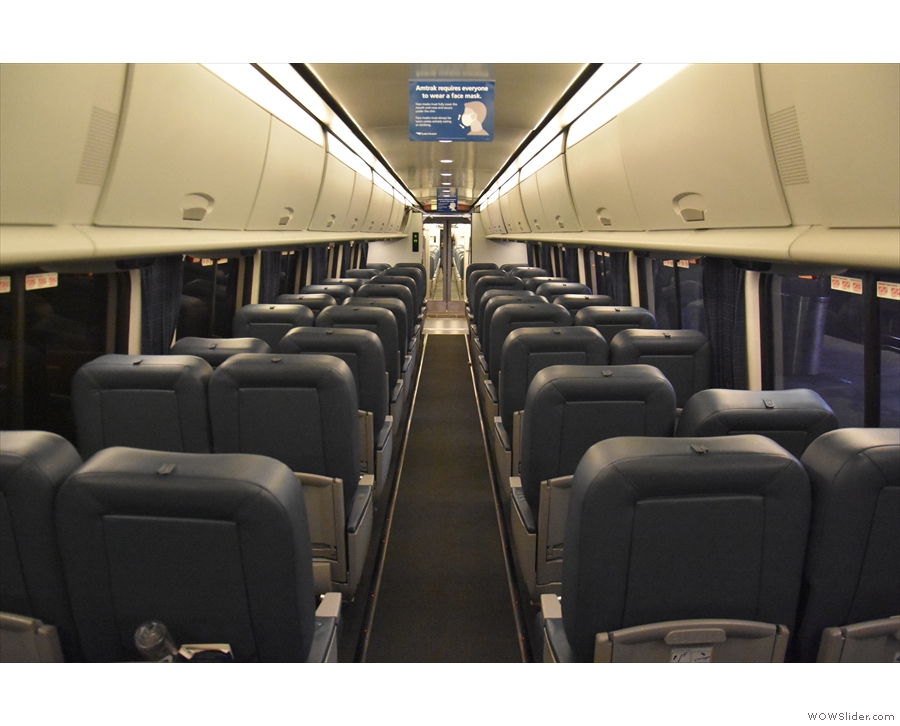


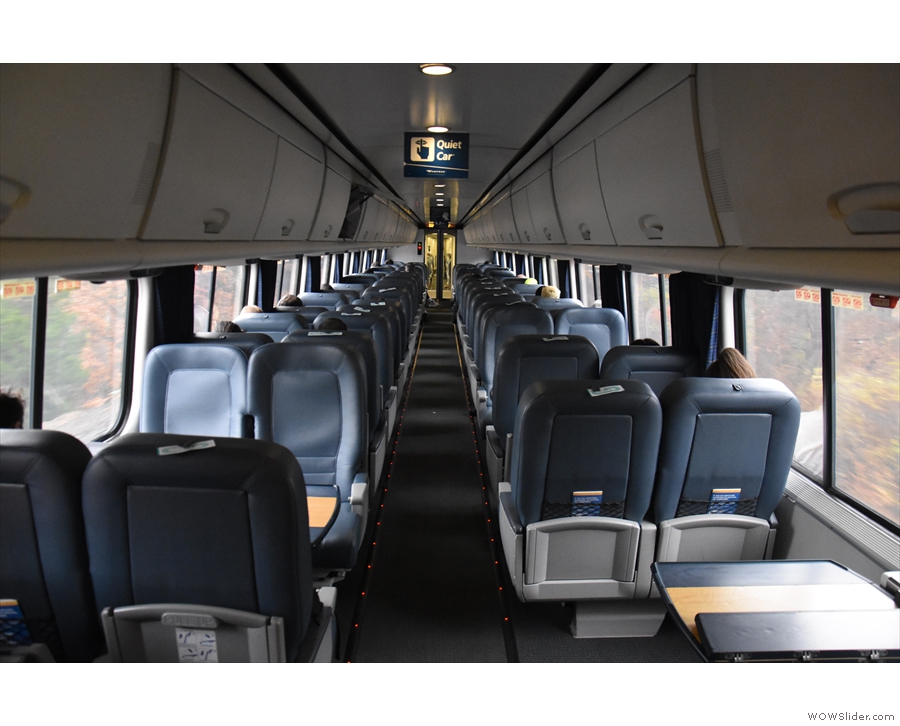




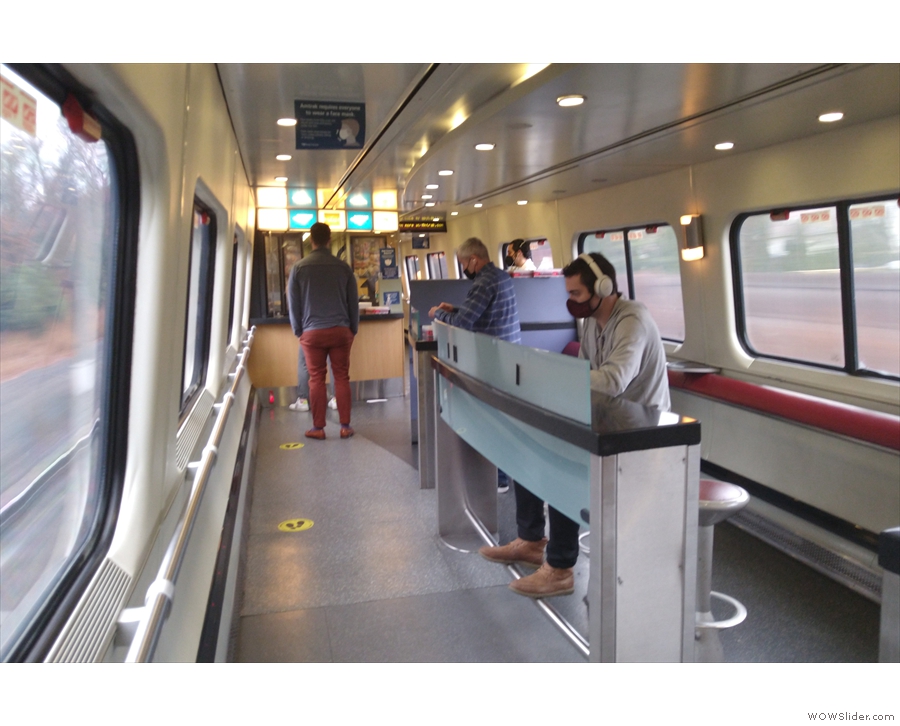




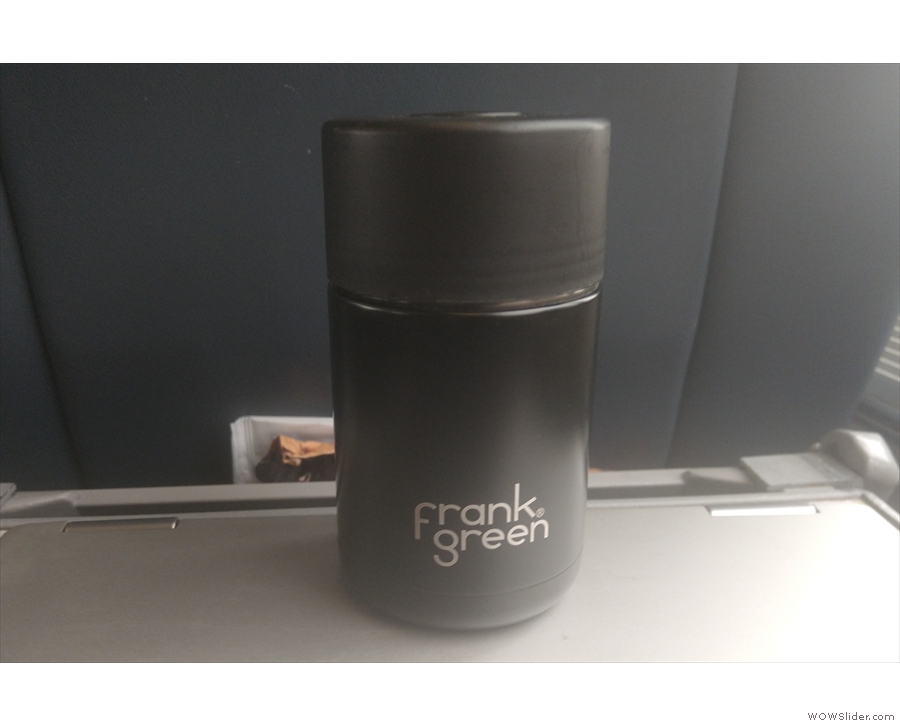











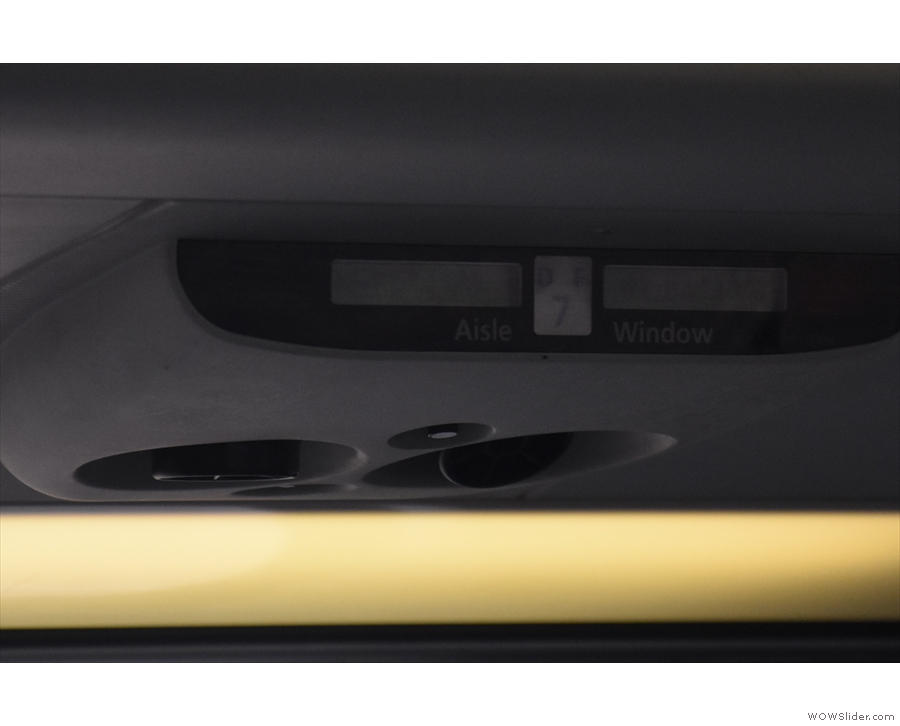









 1
1 2
2 3
3 4
4 5
5 6
6 7
7 8
8 9
9 10
10 11
11 12
12 13
13 14
14 15
15 16
16 17
17 18
18 19
19 20
20 21
21 22
22 23
23 24
24 25
25 26
26 27
27 28
28 29
29 30
30 31
31 32
32 33
33 34
34 35
35 36
36 37
37














 1
1 2
2 3
3 4
4 5
5 6
6 7
7 8
8 9
9 10
10 11
11 12
12 13
13 14
14 15
15
Pingback: La Colombe, South Station | Brian's Coffee Spot
Pingback: Brian’s Travel Spot: From Boston to Portland by Bus | Brian's Coffee Spot
Pingback: Amtrak Downeaster, Part I | Brian's Coffee Spot
Pingback: La Colombe, Seaport | Brian's Coffee Spot
Pingback: Brian’s Travel Spot: Amtrak’s Northeast Corridor | Brian's Coffee Spot
Pingback: Brian’s Travel Spot: Amtrak Downeaster, Part II | Brian's Coffee Spot